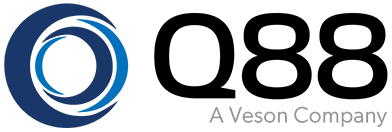
When I first started managing teams, I quickly became aware of the following dilemma: innovation is often both a necessity and a hinderance to a project’s success. For the scope of this article, let’s define innovation as an improved process resulting in increased value, quality and/or the reduction in schedule/cost for a given effort. Throughout my career, I have learned that innovation is more than a deliberate effort, it becomes a way of being.
Leadership is quick to latch on to the term innovation in hopes that teams will improve productivity and quality of output. This leads to terms such as “innovate or die”, “think outside the box”, “think different” etc. Unfortunately, catch phrases are shallow representations of the intention and run the risk of demoralizing the team rather than providing the inspiration for creativity. A leader is likely to end up over managing the team to make up for the suppressed creativity which is counter productive to the original goal.
There are many times where I have witnessed amazing innovations which led to improved performance, increased revenue, and a happier workplace. Reflecting on those projects, the innovation was more often a consequence of a situation rather than an intention of the project.
I want my teams to perform at their best all the time; after all, the feeling of a successful project completion benefits everyone. Understanding that demanding innovation would not work and that relying on circumstance to create a need for innovation was not acceptable, I had to find a better way to manage.
At first, I felt that I had to be the one to drive the innovation because, surely if I led by example, others would follow. This required a lot of effort on my end, and I found that my team eventually became less interested in innovating. Next, I attempted to structure group meetings to encourage delegated research and thought generation. Initially, the team seemed enthusiastic about the process, but this interest waned quickly for much of the group; leaving myself and a couple other individuals who felt this was a good approach. The problem with both these approaches was that the pool of ideas and influence participating in the innovative sessions was too limited.
I abandoned both efforts and considered what it would take to have my entire team focus on improving our methodologies and quality of our collective work. I cleared the slate and reflected on why I personally wanted innovation. The first thought went something like “well if my team does better, it reflects upon me”. While true, it was not entirely accurate. I asked myself a myriad of questions that eventually led me to understanding that my passion for innovation is rooted in discovery and the excitement to share it with my peers. This brought me to an entirely different mindset. I needed to embrace a culture where ideas are encouraged, and the author of the idea would be held accountable to it.
The focus of my instruction now was placed on the outcome and less on the how it should be done. I began realizing that when I empowered each person to complete their tasks with minimal management, and without the pressure to innovate, things began to work better on their own. I witnessed team members collaborating to create breakthroughs and prevent issues; even the quieter team members started talking about a new way they found to perform a typical task.
To summarize, I found that when I was “doing”, I had a great team who followed the example. When I stopped “doing” and gave way to autonomy, accountability and, most of all, empowerment, the team had to innovate on their own. The need to innovate spread to every member of the team, instead of sitting on the shoulders of a few.
Only a few ideas lead to innovation, therefore one should seek out ways that will generate the most ideas possible and having an entire team empowered to contribute becomes the foundation for many ideas that support regular innovation.
Now I find myself supporting a culture focused on doing the best job possible and a team thriving within their own empowerment. At Q88, constant innovation is critical to our ongoing success – discovering a “better way” has enabled us to create a culture of innovation that will continue to thrive for years to come.

